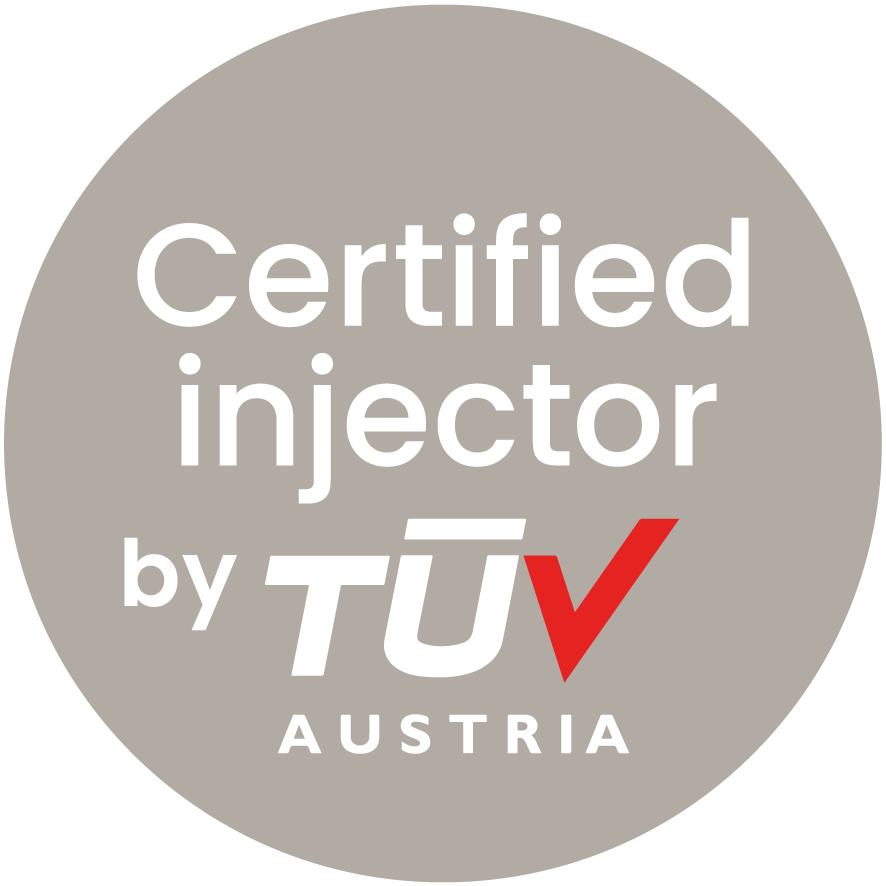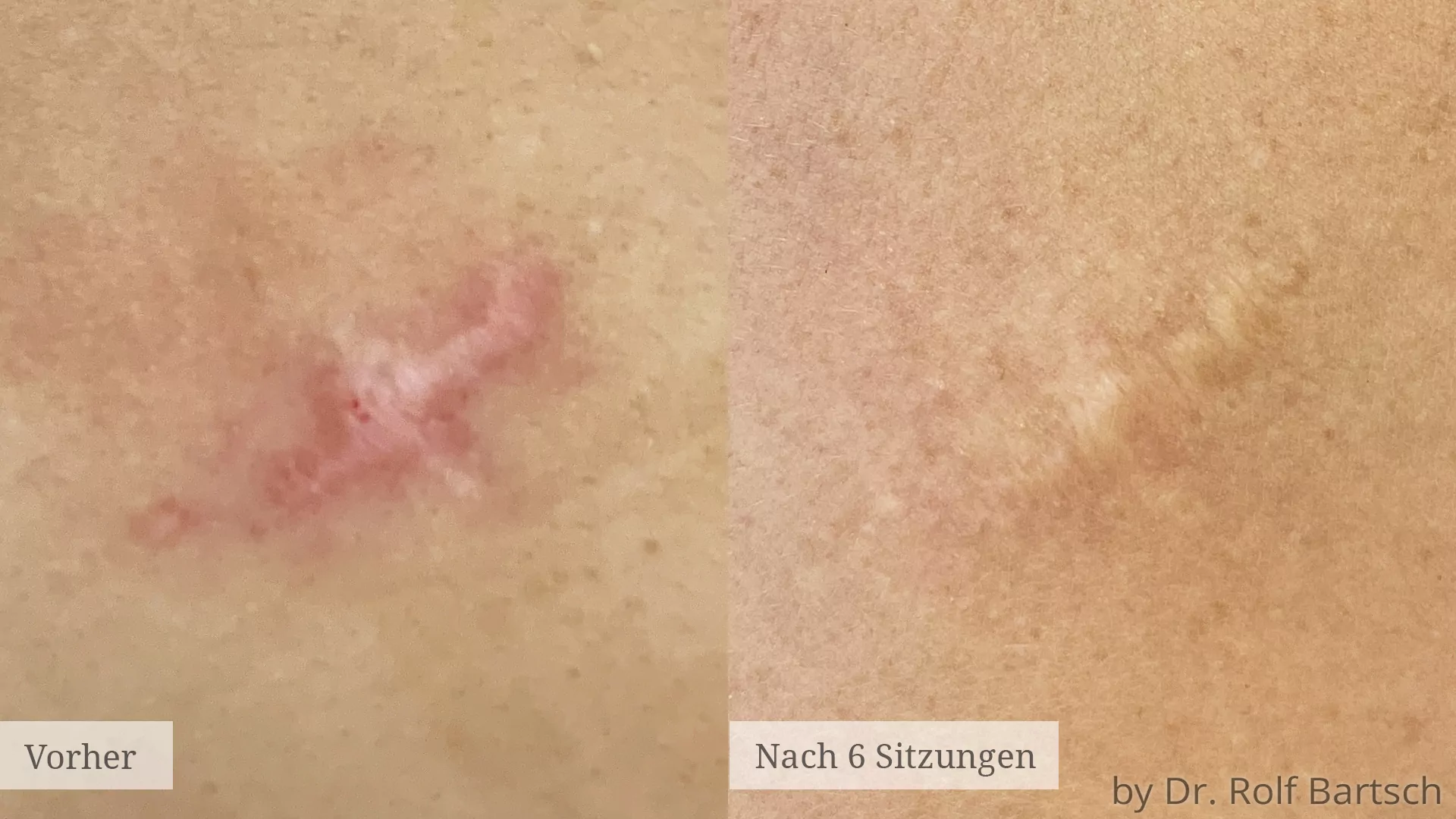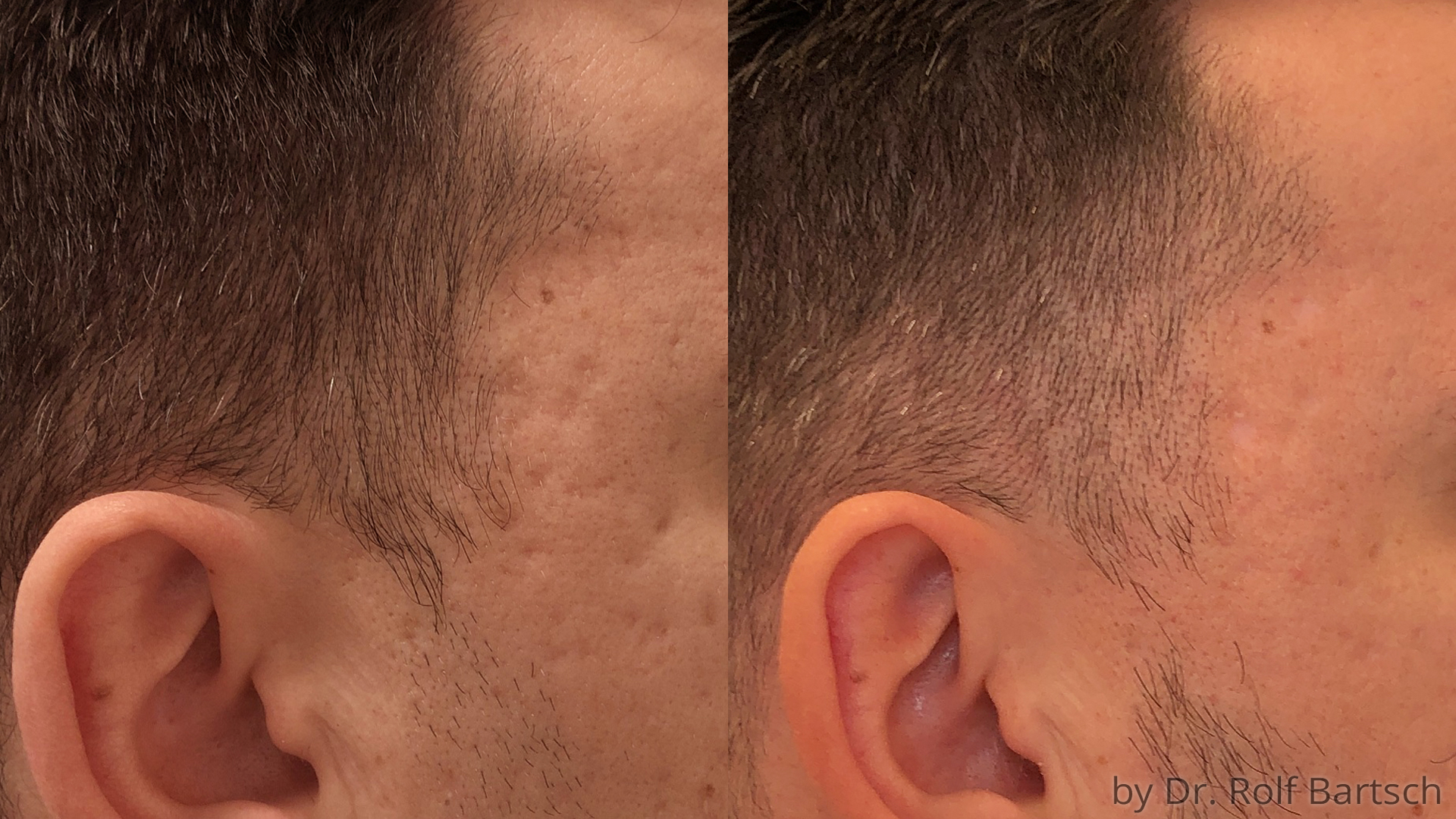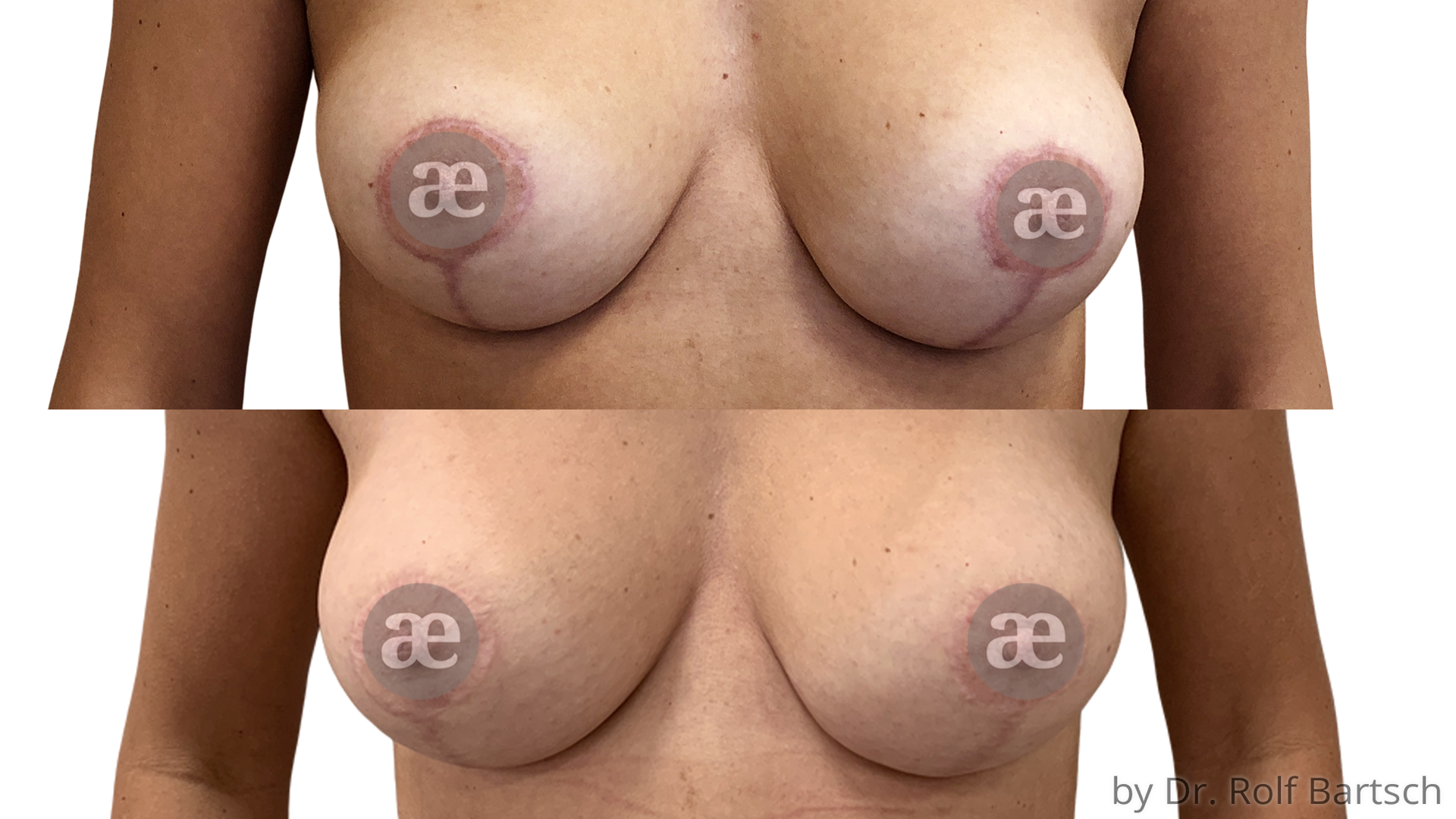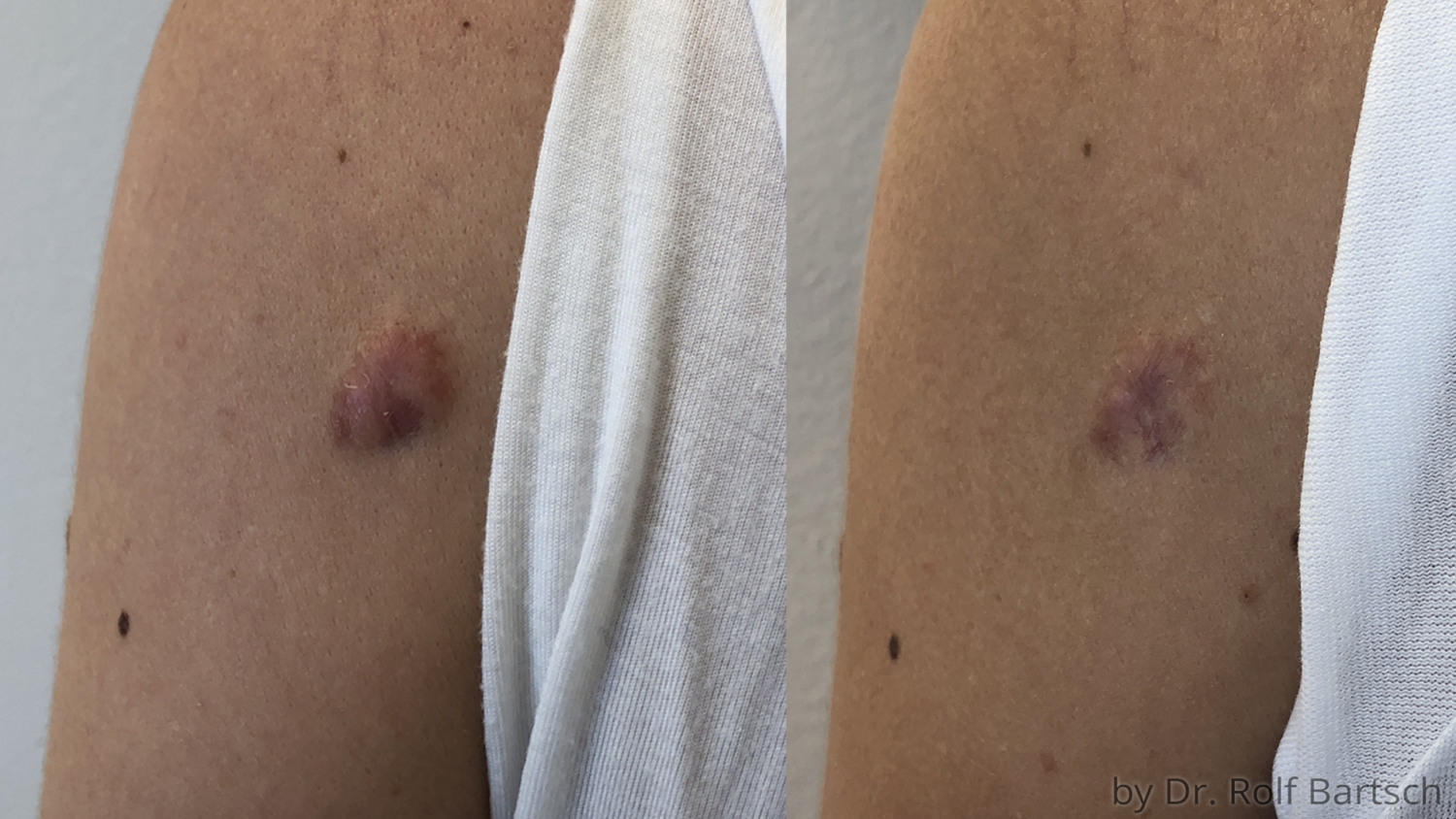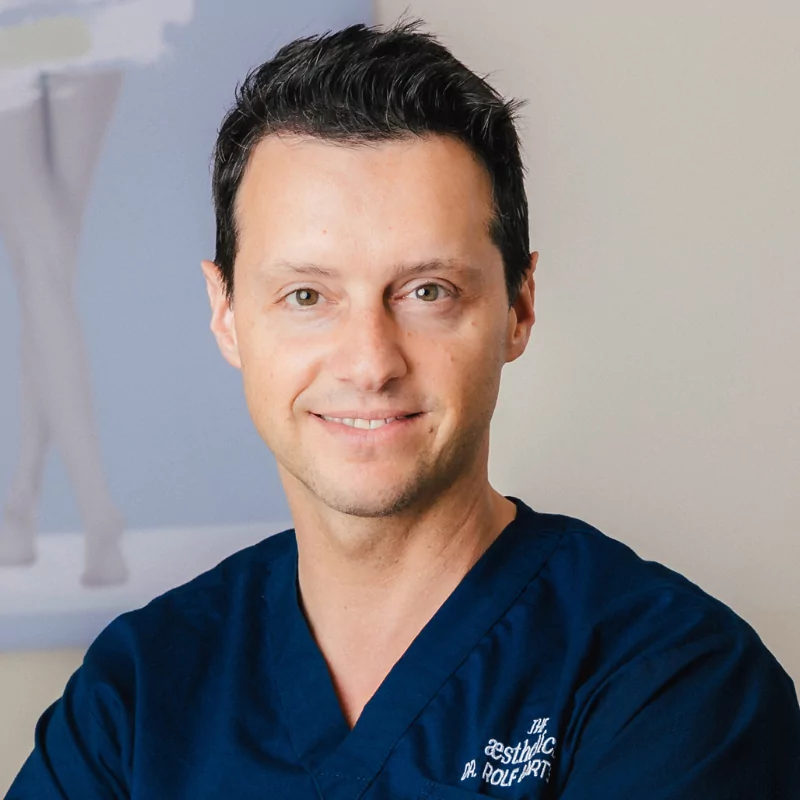
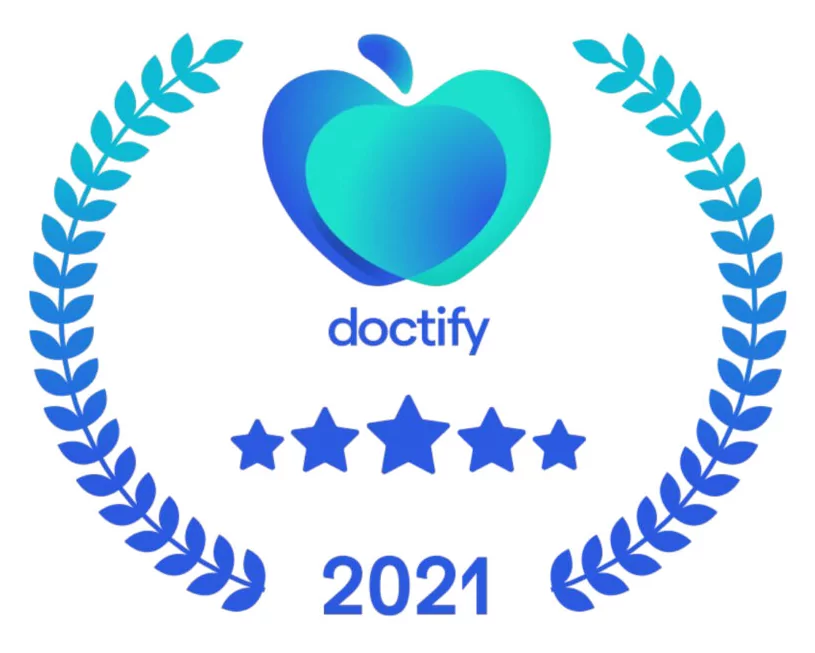
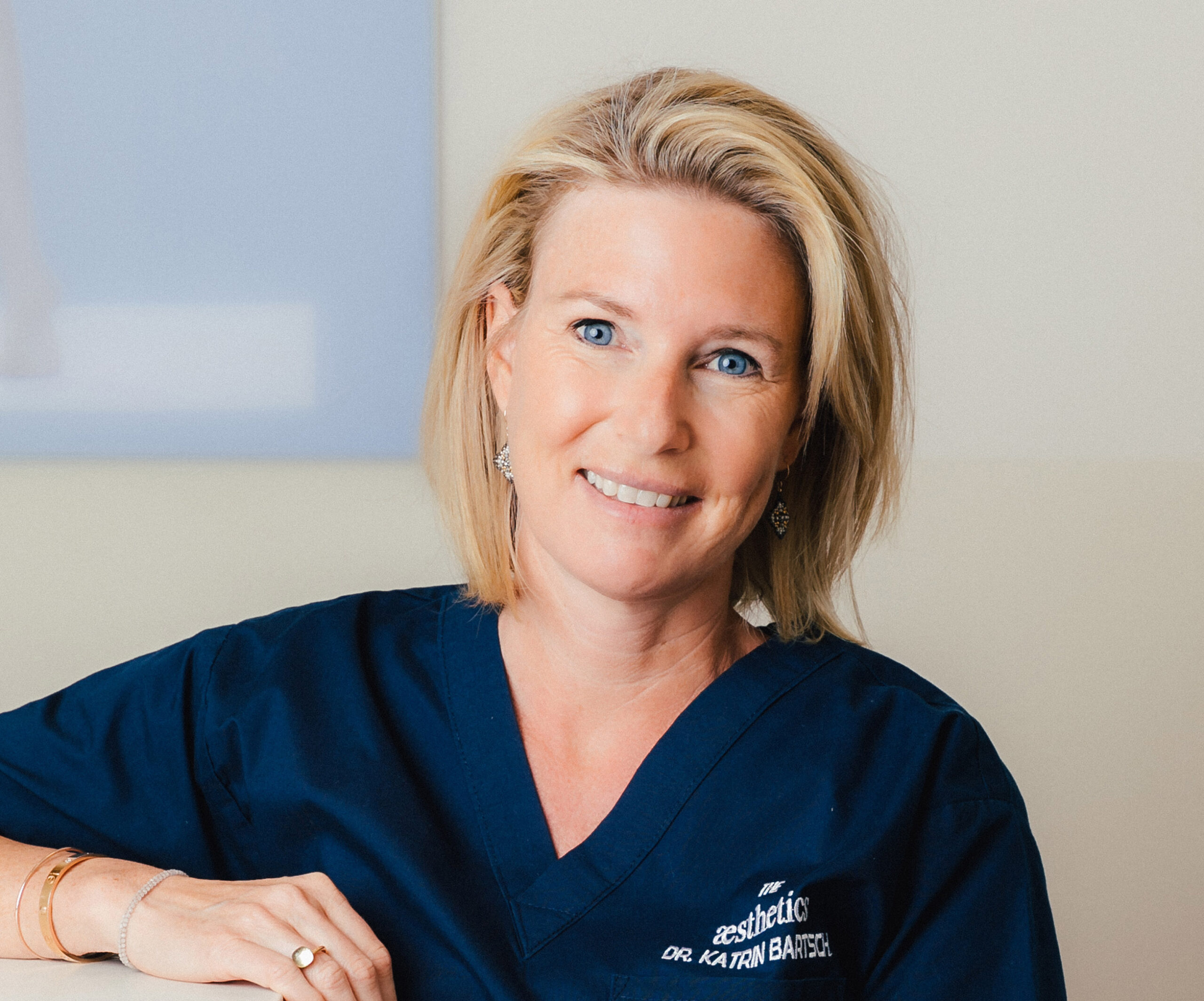
Scar treatment and aftercare of sutures
When thinking about a medical procedure, many patients are afraid of unsightly and visible scars. The truth is: postoperative scars are unavoidable. The good news is that there is a lot we can do to support your wound healing, and optimal suturing combined with proper aftercare usually results in beautiful, almost invisible scars. After surgery, experienced treatment and care of wounds from day one is very important. Scar treatments such as massage techniques, serums and oils, laser treatments and silicone patches can optimally support scar healing.
SCAR TREATMENT
As soon as the crusts of the wound have loosened, scar treatment can begin. Light massage and a good grease ointment or oil are usually sufficient to optimally support the scar in its healing. Special scar creams are also suitable, contact us here, because not every expensive product is a good product.
If wound healing problems occur, you must take action.
Should the scars develop unsightly, do not despair, because our patients are not alone.
Hypertrophic scars and keloids are treated by our team with individually adapted methods. The skin type, age, type of scar and the patient’s wishes play a central role. In most cases, a combination therapy is one of the most common methods.
Scar cream & oil
Special scar cream or scar oil is recommended as the basis of any scar treatment. In the morning and evening, the product is worked into the scar with a pressure massage. A pinching and throbbing sensation is normal and even desired. The locally applied compression and massage causes an improvement in blood flow, which in turn stimulates collagen production, stabilizes the scar and allows it to heal.
Silicone plasters & gel
Silicone plasters or gels can be used to treat hypertrophic scars particularly well. The silicone improves the water balance of the affected region by preventing the evaporation of fluids. The scar has a better metabolism and can heal.
Band-aids
Band-aids should be worn as much as possible. It is especially important to use the plasters continuously for 12 – 24h a day for several months, in combination with compression if necessary.
Laser treatment
If creams and plasters are not sufficient, the laser offers another non-operative option. The top layer of skin on the scar is removed by a brief application of heat. A graze wound is created and the resulting crusts come off after about a week. The treatment lasts 10 minutes and should be repeated every 4 – 6 weeks.
Cortisone injections
The injection of cortisone has an inhibitory effect on the formation of new connective tissue, which contributes to the softening and flattening of the scar. This treatment is moderately painful for the moment of injection and may be repeated at intervals up to 3 times.
POSSIBLE COMPLICATIONS
Even with the best suturing technique, genetic wound healing disorders can occur. These include hypertrophic scars, which are very red and raised scars that are concentrated around the incision. These can be treated very well and regress in most cases.
Keloids, on the other hand, proliferate over the incision in the shape of a bulge. This is a rare healing disorder that is more likely to occur in pigmented skin and usually remains permanent. In both cases, the causes cannot be localized, but the effect can be varied and well treated. If scar treatment is necessary for you, there is no need to worry, because as we all know: Time heals all wounds.
FIRST CONSULTATION
You can reach us for an appointment for an initial consultation in several ways:
The ordination by phone: +4313535555
The ordination by mail: [email protected] or via the Contact form
Dr. Rolf Bartsch personally via Messenger: +4369911222000

